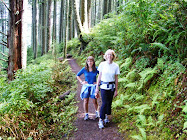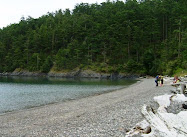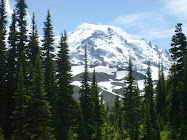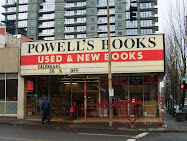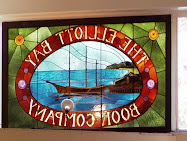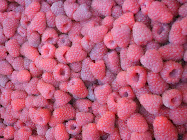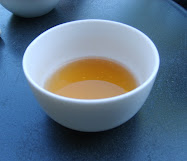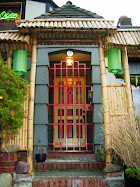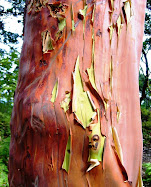This is the last of three posts about boating along the Sunshine Coast and fjords of British Columbia north of Vancouver. Read the first post here and second post here.
After several days slowing down to the pace of sea and sky, completely out of cell range, it was time to leave beautiful Princess Louisa Inlet and head back to Pender Harbour. At least I had one more night on board Aeolus before returning to regular life and work.
We got up early to pass through Malibu Rapids at slack tide. After Mark untied from the mooring buoy, it was peaceful and calm as we set off back down the inlet.
I felt a tug in my heart as we left this little slice of heaven, where the sea fingers deep into B.C.'s majestic Coast Range. I also felt grateful for these moments of beauty and stillness in such a spectacular place.
Skipper Mark expertly navigated Aeolus, a 1930s-vintage wooden sailboat, back out into larger Jervis Inlet. The glacier-laden mountains we'd seen on the way up, enshrouded in afternoon clouds, were bright and prominent above us in the powder blue morning sky.
 | |
| Leaving our little cove early morning. |
 |
| Passing through calm Malibu Rapids at slack tide. |
For the next 8 or so hours, we motored at a leisurely pace 40+ miles back down Jervis Inlet past forested and rocky mountains. I napped a bit, read a bit, and although I didn't remember to bring a sketch pad and pencils, I tried my (unpracticed) hand at sketching along the way.
 |
| On the front deck of Aeolus |
 |
| Trees will grow anywhere they can. Shoreline cliff. |
At one point in the Princess Royal Reach of Jervis Inlet, Mark, who has a geology degree, pointed to a sheer rock cliff along the shoreline.
"I wonder if that was a collapse as a result of the 1700 Cascadia Subduction Zone quake, " he said. In case you're not sure, that would be not only a Big One, but a megaquake up to possibly a magnitude 9.2. I'm just glad it didn't happen as we passed. :)
Our destination for the night was Hardy Island Marine Provincial Park, which lies past the mouth of Jervis Inlet adjacent to Malaspina Strait and Nelson Island. It's shown on the map below in French as Ile Hardy.
 |
By Arct - Own work, CC BY-SA 3.0, https://commons.wikimedia.org/w/index.php?curid=3287960
|
As we emerged from the mountains into lower hills near the park, we passed through some small passages and islands. Out here the air was noticeably warmer. (The only time I wore a jacket in five days was the first morning of the trip, before and shortly after sunrise.)
After we anchored in a lovely, tranquil cove between some islands, a couple rowed over to us in their dinghy.
"Is that the Aeolus?"
Ah, it's a small world here in the Pacific Northwest if you've been around a few decades. Anne and John were old Port Townsend acquaintances of Mark and his father, and had sailed on Aeolus years ago.
"I recognized her right away. She has such classic, clean lines" said John.
 |
| Aeolus |
Since I expressed interest, they insisted I try out one of their SUPs (standup paddleboards). I was definitely a wimp on my first try, with shaky legs when I stood up. Their sweet golden lab Lily was much more relaxed on the board than me.
 |
| John and Lily |
 |
| Looks and feels like serenity |
But I was a bit wistful that this splendid sojourn was over. It definitely met and exceeded any expectations I had about boating this beautiful part of the world, within a half day drive (and a BC ferry ride) from home in Seattle.
I hope you've enjoyed coming along with me as I relived the trip. Special thanks to Skipper Mark for letting me join him for part of his 6-week sailing trip. He was a generous host and skillful skipper.
Happy trails and thanks for visiting Pacific Northwest Seasons!
In between blog posts, visit Pacific NW Seasons on FaceBook, Twitter, and Instagram for more Northwest photos and outdoors news.
When You Go
I hope you're fortunate to have an opportunity to boat up the Sunshine Coast and beyond like I did, in your own boat, with friends, or perhaps via a charter service. Late
July/early-mid August is peak season for boating there, with the mildest weather. 





































